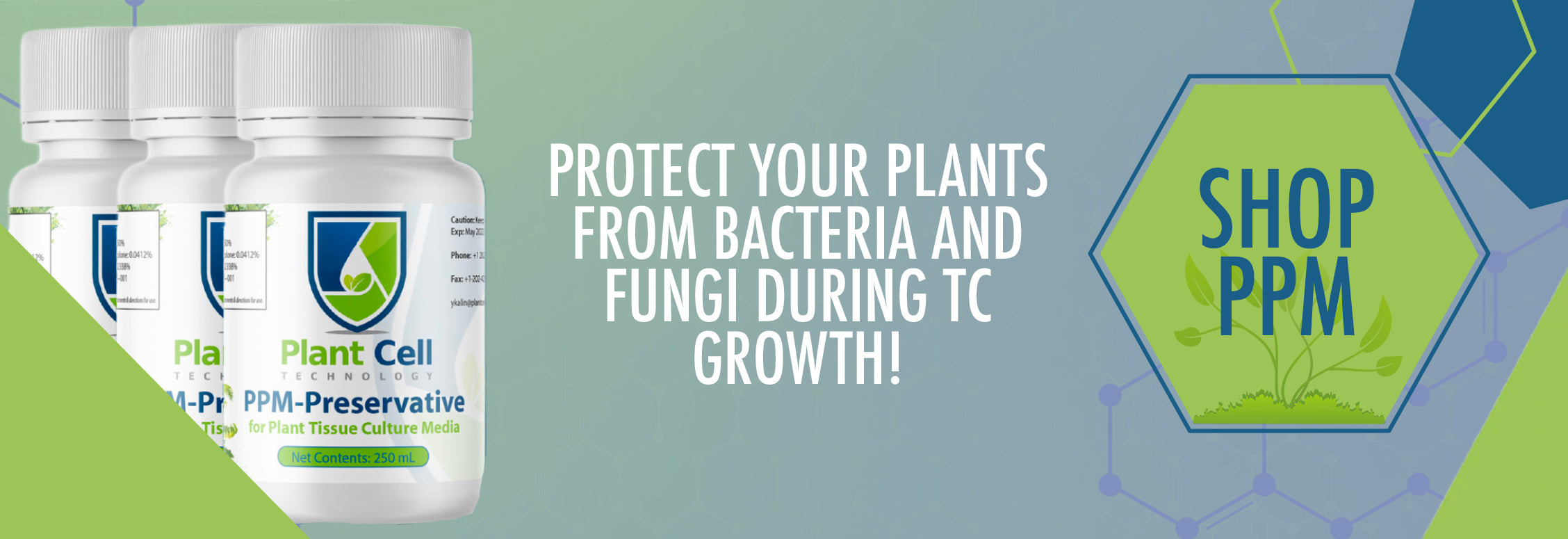
How PPM™ saved culture of the rarest plant Cryptocoryne x Timahensis!

“PPM™ is something I always aim to keep on hand because it has made the work I'm trying to do possible” – Michael

About
Michael is a graduate student at SUNY ESF in Plant biotech department. He was introduced to the PPM™ by his professor who was already using PPM™ in his studies.
Challenge
Michael wanted to work on rare and endangered plants. So, he chose Cryptocoryne timahensis which is one of the rarest crypts and is only known to be alive in a pond of the national park in Malaysia.
"I bought 3 of them, at $150 each but kept them within a suitable environment however, they still died after a few days. I went in to check on them and they had all died and the leaves fell off when touched”—says Michael.
Solution
He collected all of the remainings from the plants such as leaves, rhizome fragments, and roots to culture them in labs.
He chose to use PPM™ this time in the media to protect his plant.
“I did not want to risk killing them by treating with alcohol or bleach or peroxide, and the only thing I thought safe enough for explants in such a delicate condition was PPM” —says Michael.
Procedure
He washed the fragments under running tap water, and put into liquid medium (MS+vitamins, 25g/l sucrose, 8ml/l PPM™).
Result
After a few weeks he was delighted to get the result with PPM use.
“It took a while but a few weeks later I had a small pair of green leaves, then a few more”—says Michael
“Now, I have dozens of healthy cryptocorynes, recovered from the worst possible explant I could have used (a half-rotted assortment of plant parts pulled from the mud with no prior surface sterilization)”—says Michael
Order your PPM™ today to get rid of all your culture contamination problems!
Blog Categories
View by Level
Popular Blogs

Common Mistakes in Plant Tissue Culture and How to Fix Them
Introduction Tissue culture offers a fascinating way to regenerate plants, unlocking immense potential for growth and sustainability However, even the...
Read More
Callus Culture: From Undifferentiated Cells to Regenerated Plants
Introduction Plant tissue culture holds immense potential in horticulture and agriculture, offering transformative applications. While many recognize its benefits, fewer...
Read More






